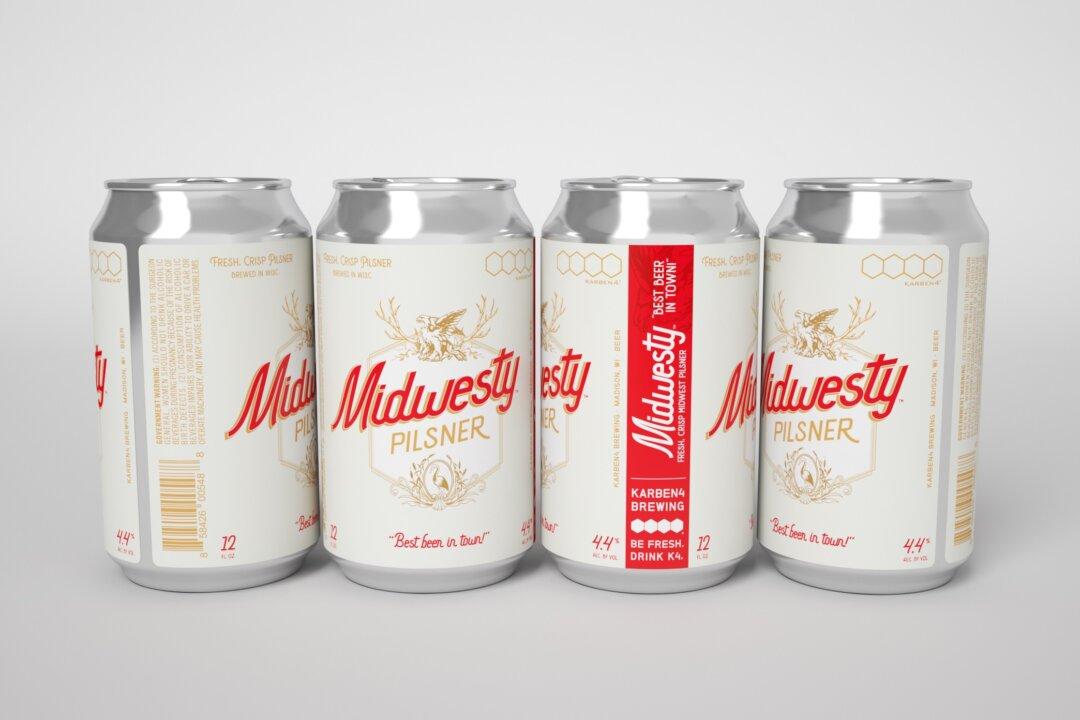The word “kveik” comes from an Old Norse word that’s related to the English “quick,” as in “alive”—think the Quick and the Dead—rather than “fast.” The effect of yeast is to bring life to a brew or bread dough, making things bubble and rise. But the speed definition of “quick” would be just as relevant, as it can shorten brew times with its enthusiastic conversion of sugar to alcohol. As a result, the terms “kveik” and “Norwegian-style” are increasingly showing up on tap lists and bottles.
Fascinating Strains
You’ll find debate among beer fans about how to pronounce it, but the pronunciation of kveik varies even within Norway. While there’s agreement that the “v” is a “v,” some Norwegians pronounce it so softly or quickly that it sounds more like a “w.” And the ending is either -ike or -ake, depending on the regional accent. With a clearly pronounced “v,” the word takes on a sort of second syllable: “ki-vike,” “quake,” “kwike.”The way kveik is used in Norway is as a mixed culture of many different strains of Saccharomyces cerevisiae. This is ale yeast as opposed to lager yeast, but it’s considered a distinct subgroup.





